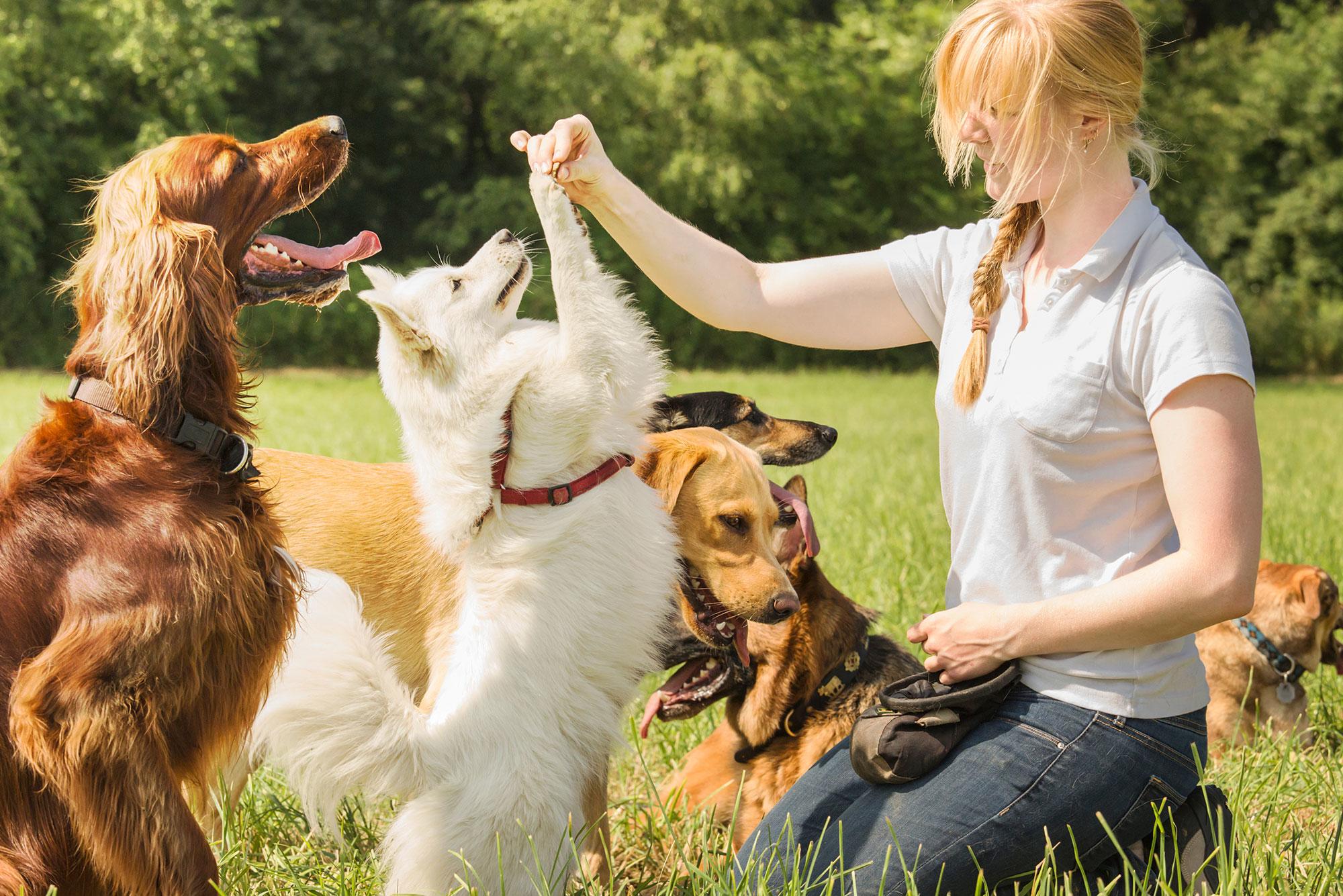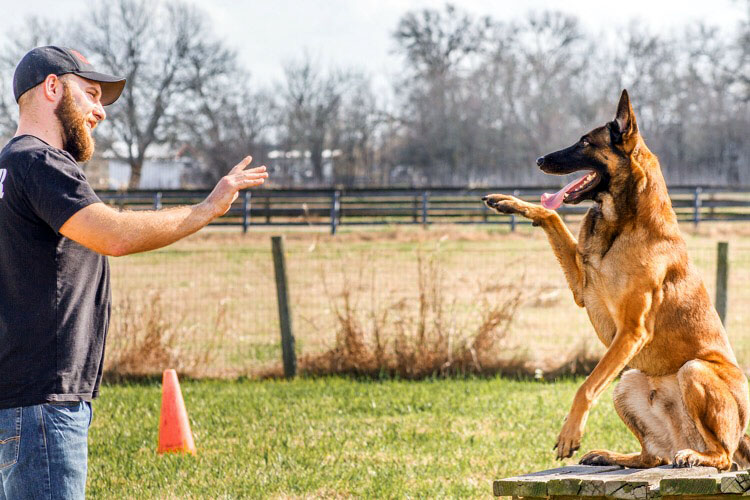Master Essential Commands: Reliable Dog Educating Made Easy
Efficient canine training is a basic facet of liable pet dog ownership, and understanding necessary commands offers as the foundation for an unified connection in between trainer and dog. Understanding the subtleties of canine behavior and the training process is key; nevertheless, the trip to a well-trained dog usually offers unforeseen obstacles that call for interest.
Understanding Your Pet dog's Habits
To understand the nuances of effective canine training, it is important to break down and analyze your canine's habits. Dog training. Recognizing the inspirations behind your pet dog's actions is crucial; habits can come from instinct, concern, excitement, or a desire for focus. By observing your canine in various scenarios, you can recognize patterns that might indicate underlying feelings or requirements
As an example, a pet that barks exceedingly may be revealing monotony, anxiety, or a requirement for social communication. Conversely, a pet dog that displays damaging habits may be looking for excitement or alleviation from stress. Identifying these triggers allows you to customize your training approach effectively.
Furthermore, it is essential to consider the dog's breed attributes, as they can affect habits dramatically. Some types are predisposed to details characteristics, such as herding or guarding impulses, which can influence their responses to certain stimuli.
Last but not least, consistency in your responses to your canine's actions fosters a far better understanding in between you and your pet dog. This mutual understanding is foundational for developing trust and helping with an efficient training process that nurtures both behavior adjustment and favorable reinforcement.
Crucial Commands to Show
Teaching important commands is an essential facet of efficient canine training, providing the foundation for a mannerly and receptive pet. These commands not just improve interaction between the owner and the canine yet also ensure safety in numerous settings.
One of the most vital commands consist of "Sit," which motivates your canine to remain fixed and calm; "Remain," which reinforces the concept of continuing to be in one place up until released; and "Come," which is crucial for recalling your pet from potentially hazardous circumstances. "Down" teaches canines to relax, promoting leisure and control, while "Leave it" helps prevent canines from grabbing hazardous or unwanted things.
" Heel" is an additional crucial command that urges your pet dog to stroll very closely beside you, boosting chain good manners. Last but not least, "No" serves as a vital boundary-setting command, assisting to remedy unfavorable habits.
Training Techniques for Success
Efficient pet training counts greatly on using a range of strategies that accommodate both the canine's learning design and the proprietor's training goals. One key method is positive reinforcement, which entails fulfilling wanted actions with deals with, appreciation, or play. This technique motivates the canine to duplicate those habits, promoting a strong bond in between owner and animal.

Another effective strategy is clicker training, where a distinct sound, made by a clicker, notes the specific moment a dog performs a wanted activity. This accurate timing helps pets link the habits with the reward, enhancing their understanding.
Uniformity is vital in all training techniques. Developing clear commands and preserving the same cues assists the canine grasp assumptions much more rapidly. In addition, short, engaging training sessions protect against monotony and increase retention.
Including socialization opportunities is additionally crucial. Exposing dogs to numerous atmospheres, people, and various other animals helps them create confidence and versatility.
Finally, patience plays a considerable function in successful training - Dog training. Each pet finds out at their own speed, and understanding this can result in a much more satisfying training experience for both the owner and the dog. Carrying out these strategies will establish the structure for effective pet dog training
Typical Obstacles and Solutions
In spite of the ideal training methods, More Help dog proprietors typically run into common difficulties that can hinder development. When household members make use of different commands for the exact same behavior, it confuses the pet, leading to inconsistent feedbacks.

In addition, some pet dogs may exhibit stubbornness or absence inspiration. This can commonly be attended to by incorporating favorable support methods, such as treats or praise, to urge desired actions. Customizing benefits to what your canine locates most encouraging can substantially enhance their involvement.
Finally, fear or anxiousness can restrain development in training. Recognizing indicators of tension and readjusting the training pace as necessary is important. Using gradual direct exposure to been afraid stimulations can assist construct self-confidence gradually, helping with a more reliable training experience.
Keeping Uniformity and Patience
Consistency and persistence are vital in pet training, as they create the foundation for achieving long lasting behavioral modifications. Pet dogs prosper on regular and clear assumptions; therefore, preserving a constant technique in commands, incentives, and corrections is important. When trainers use the same cues and signals reliably, dogs are better able to grasp what is being asked of them. Inconsistency can lead to confusion and aggravation, weakening important source the training process.
Equally important is the duty of patience. Training a dog is not an immediate procedure; it calls for time and rep. Canines, just like human beings, have differing discovering paces and may not realize commands quickly. Click This Link Fitness instructors should identify this and stay tranquil, supplying motivation instead of irritation. Positive support plays an essential duty right here, rewarding preferred behaviors and aiding to promote a trusting connection between the pet and fitness instructor.
Conclusion
Understanding necessary commands is essential to reliable canine training, fostering enhanced interaction and strengthening positive habits. The application of positive reinforcement strategies, paired with consistency and persistence, dramatically enhances the training experience for both the canine and trainer. Resolving common challenges with functional options better supports the training process. Eventually, a well-trained dog not only displays great habits however additionally creates self-confidence, adding to an unified partnership in between the dog and its owner.